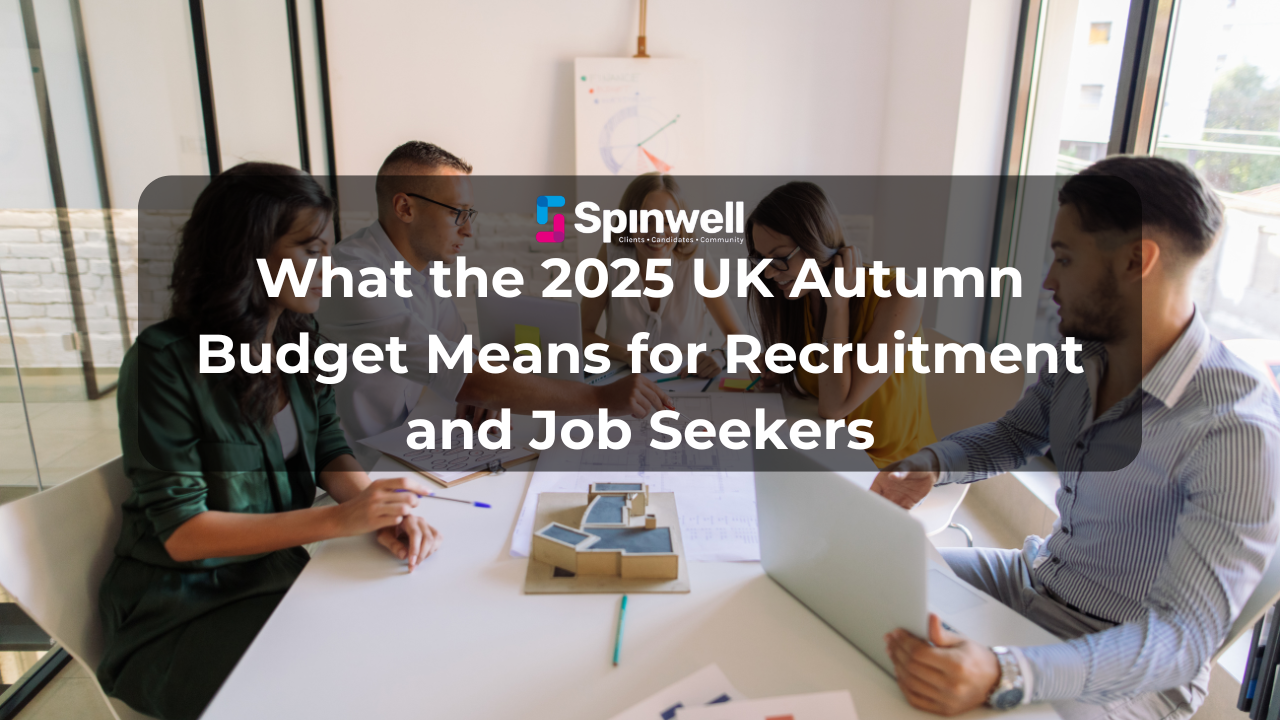
Traditional vs. Video Interviews
In the realm of recruitment, traditional face-to-face interviews have long been the standard for evaluating candidates. However, the emergence of video interviews has introduced a new dimension to the hiring process.
Let’s delve into the comparison between traditional and video interviews to understand their respective advantages and drawbacks.
Traditional Interviews
 Traditional interviews involve in-person meetings between the interviewer and the candidate.
Traditional interviews involve in-person meetings between the interviewer and the candidate.
This method has been the cornerstone of the recruitment process for decades, offering immediate feedback and the opportunity for communication.
Pros of Traditional Interviews
- Immediate Feedback: Dialogue between candidates and interviewers allows immediate feedback and deeper understanding.
- Open Communication: Traditional interviews facilitate open communication and discussions, providing a comprehensive view of the candidate’s personality and suitability.
Cons of Traditional Interviews
- Time-Consuming: In-person interviews can be time-consuming for both interviewers and candidates, especially when travel is involved.
- Geographical Limitations: Candidates living farther away may face challenges related to travel costs and logistics, limiting the talent for a position.
Video Interviews
 Video interviews, whether live or pre-recorded, have gained popularity due to their cost-effectiveness, time efficiency, and ability to widen the talent for a position.
Video interviews, whether live or pre-recorded, have gained popularity due to their cost-effectiveness, time efficiency, and ability to widen the talent for a position.
Pros of Video Interviews
- Cost and Time Efficiency: Video interviews are less expensive and time-consuming than in-person interviews, allowing employers to schedule and hold multiple meetings with ease.
- Widened Talent Pool: Video interviews enable individuals from diverse geographical locations to participate, thereby widening the talent for a position.
Cons of Video Interviews
- Technical Challenges: Conducting video interviews may pose technical challenges for both interviewers and candidates, such as internet connectivity issues or unfamiliarity with video conferencing platforms.
- Reduced Personal Interaction: Video interviews may lack the personal touch and nonverbal cues that are prominent in face-to-face interactions, potentially impacting the depth of candidate evaluation.
In conclusion both traditional and video interviews have their unique strengths and limitations. While traditional interviews offer immediate feedback and open communication, video interviews provide cost and time efficiency, as well as the ability to widen the talent pool.
The choice between the two methods ultimately depends on the specific needs of the organization and the nature of the position being filled. As technology continues to evolve, it’s essential for recruiters to adapt and leverage the benefits of both traditional and video interviews to make informed hiring decisions.
Get in touch with us
NK







